The Musée Fabre opens a major exhibition encompassing Pablo Picasso's entire career
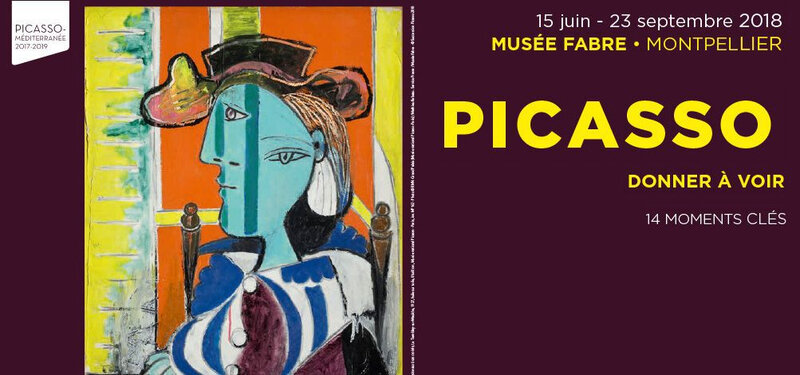
MONTPELLIER - L’exposition « Donner à voir » propose un retour sur une quinzaine de dates clés de la vie de Picasso par la confrontation d’œuvres majeures témoignant des métamorphoses de son vocabulaire. Pour cela, le musée Fabre de Montpellier Méditerranée Métropole s’appuie sur la collection personnelle de l’artiste donnée à l’Etat en 1979 (noyau de la collection du musée Picasso) à propos de laquelle son biographe Pierre Daix avait remarqué qu’il « y a là toutes les percées, les œuvres tournants que Picasso gardait afin de continuer à vivre avec elles, de persévérer à chercher ce que sa peinture ou sa sculpture avait atteint à telle occasion, et qu’il ne comprendrait peut-être que bien plus tard, à la lumière d’autres ou d’une époque différente. » La carrière de Picasso est scandée par une série de ruptures qui inaugurent des « périodes », des « styles » (périodes bleu, rose, nègre, cubisme analytique…). Si ces dernières sont souvent étudiées et présentées comme des unités cohérentes, le musée Fabre souhaite mettre en lumière les moments de bascule où de nouvelles formes apparaissent. La sélection d’œuvres iconiques retenue pour l’exposition sera complétée par des œuvres graphiques, des carnets de recherche et des documents d’archives. Le musée Fabre présentera les œuvres dans un espace ouvert, propice au décloisonnement entre les « périodes » et proposant une lecture plus fluide de l’œuvre de l’artiste.

Pablo Picasso, Femme aux mains jointes (étude pour Les Demoiselles d'Avignon), printemps 1907. © Succession Picasso 2018
MONTPELLIER.- From 15 June to 23 September 2018, the Musée Fabre de Montpellier Méditerranée Métropole is presenting the Picasso – Donner à voir exhibition, in association with ‘Picasso-Méditerranée’, an international cultural event launched by the Musée National Picasso-Paris.
Montpellier – a Mediterranean metropolis located halfway between Catalonia and Provence – is involved in this programme.
The Musée Fabre is presenting a major exhibition encompassing the artist’s entire career and offering an overview of the creation of a prodigious oeuvre with a particular focus in the selection and presentation of the works.
The exhibition is structured around his pivotal years, experimentation and departures from previous work, reflecting the continuous movement of his metamorphoses. The works are being presented in an open-plan exhibition format that lends itself well to formal comparisons between periods.

Pablo Picasso, Femme repassant, 1901. © Succession Picasso 2018
Fourteen key dates
While the idea of change governs all of Picasso’s artistic creation, we can nevertheless identify certain paroxysmal moments. The exhibition’s perspective is rooted in fourteen key dates that highlight formal and technical departures from Picasso’s oeuvre; yet it is also deliberately distanced from the artist’s biography. It covers 900 m2 and is designed with no physical separation between the different sections, meaning the works can be compared, contrasted and viewed from different perspectives. Each section brings together a variety of different works completed over a short time period: one or several seasons, a single year. The selected works thus reflect the artist’s ability to explore several formal hypotheses at the same time, sometimes even within the same work.

Pablo Picasso, Arlequin musicien, 1924,huile sur toile, 130 x 97.2 cm, Washington,National Gallery of Art Given in loving memory of her husband, Taft Schreiber, by Rita Schreiber, 1989.31.2. © Succession Picasso 2018
A ‘self-destructive’ artist
The open-plan format challenges the idea of ‘evolution’ in Picasso’s work and deconstructs any overly linear interpretation of his oeuvre. None of his departures are ever definitive.
The physical changes in Picasso’s work reflect a series of round trips within his own career path. While several recent exhibitions have helped highlight the external points of reference used or ‘cannibalised’ by the artist (Picasso and the Masters, Picasso and Folk Art and Traditions), Picasso – Donner à voir demonstrates how Picasso drew inspiration from his own work.
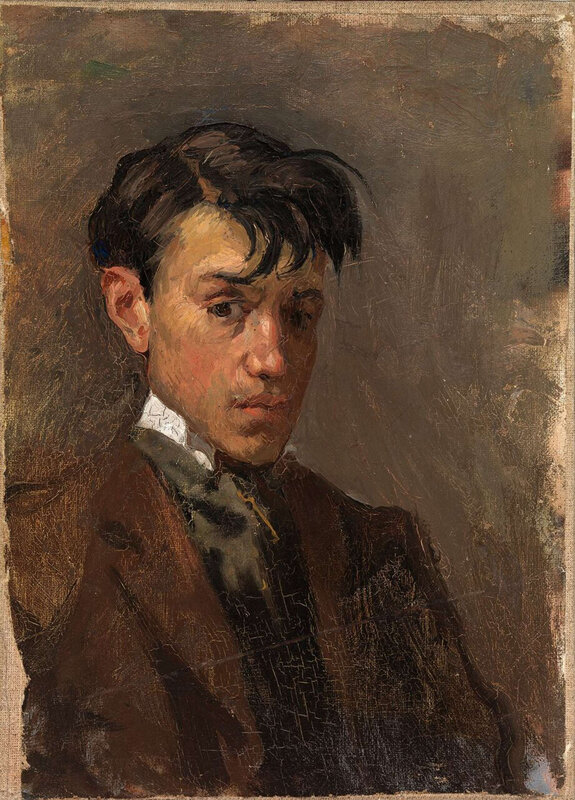
Pablo Picasso, Autoportrait, Barcelone, 1896. © Succession Picasso 2018
77 years of creation and over 120 works from the largest international collections
The exhibition explores the period from 1895 to 1972: 77 years of artistic creation! In addition to masterpieces of painting, sculpture, etching and drawing, records, sketchbooks and preparatory drawings have been included that reveal these moments of intense experimentation and bring us closer to the creative process.
Musée Fabre is displaying over 120 pieces within the exhibition, including a remarkable set of works loaned by the Musée National Picasso-Paris, representing ‘all the breakthroughs, all the key pieces that Picasso kept to himself in order that he could continue living with them and seeking out what it was that his painting or sculpture had achieved at a given point – something that he would perhaps only understand much later, in the light of other works or in a different era’. (Pierre Daix). These are joined by works on loan from other prestigious museums in France and elsewhere, including Picasso Museum Barcelona; Musée Picasso, Antibes; Kunsthaus Zurich; Museum Berggruen, Berlin; Metropolitan Museum, New York; National Gallery of Art, Washington; Musée des Beaux-Arts, Lyon; Musée des Beaux-Arts, Grenoble; Musée d’Orsay, Paris; Musée de l’Orangerie, Paris; Bibliothèque Nationale de France; Médiathèque Emile Zola de Montpellier; plus many more private and international collections.
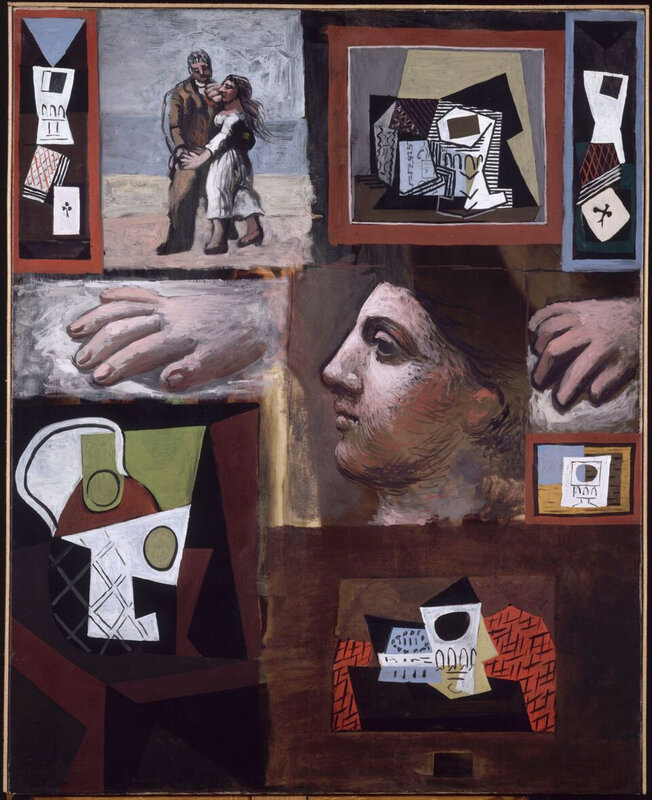
Pablo Picasso, Etudes, 1920. © Succession Picasso 2018
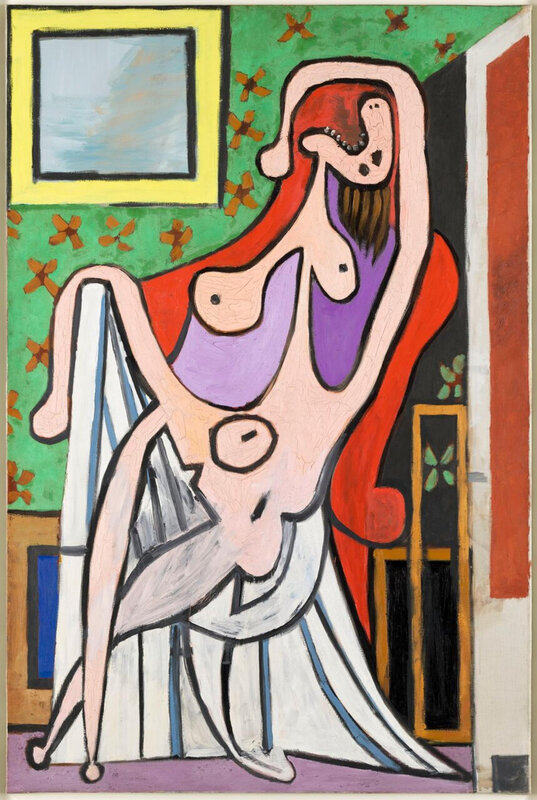
Pablo Picasso, Grand Nu au fauteuil rouge, 5 mai 1929. © Succession Picasso 2018

Pablo Picasso, Grand nu, 1964, huile sur toile, 140 x 195 cm, Kunsthaus Zürich, 1969/2. photo © Kunsthaus Zürich, service presse / musée Fabre © Succession Picasso, 2018
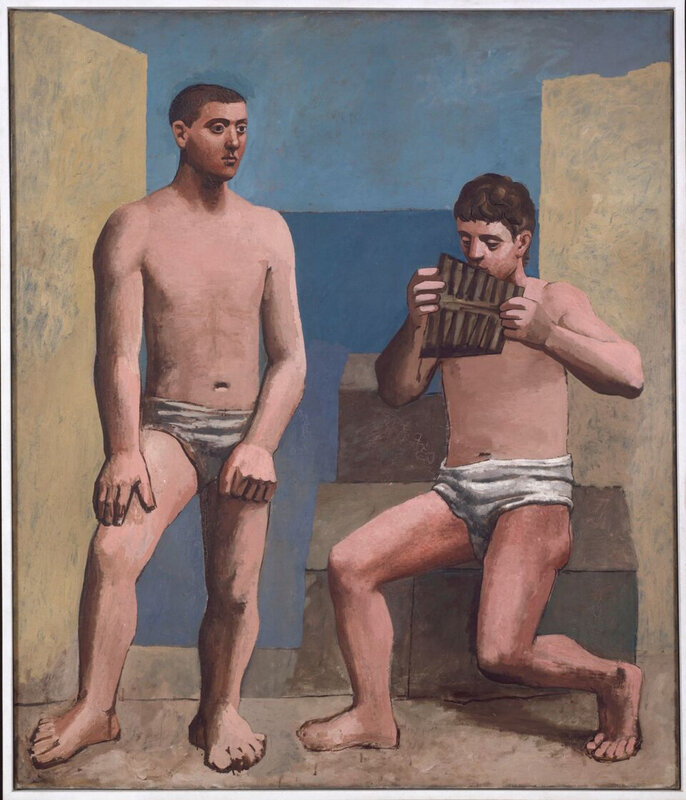
Pablo Picasso, La Flûte de Pan, été 1923, Antibes, huile sur toile, 215 x 174 cm, Musée national Picasso-Paris. photo © RMN-Grand Palais (Musée national Picasso-Paris)/ Jean-Gilles Berizzi, service presse / musée Fabre © Succession Picasso 2018

Pablo Picasso, Le Peintre masqué et son modèle, 1er février 1954. © Succession Picasso 2018

Pablo Picasso, Le Verre d’absinthe, printemps 1914. © Succession Picasso 2018
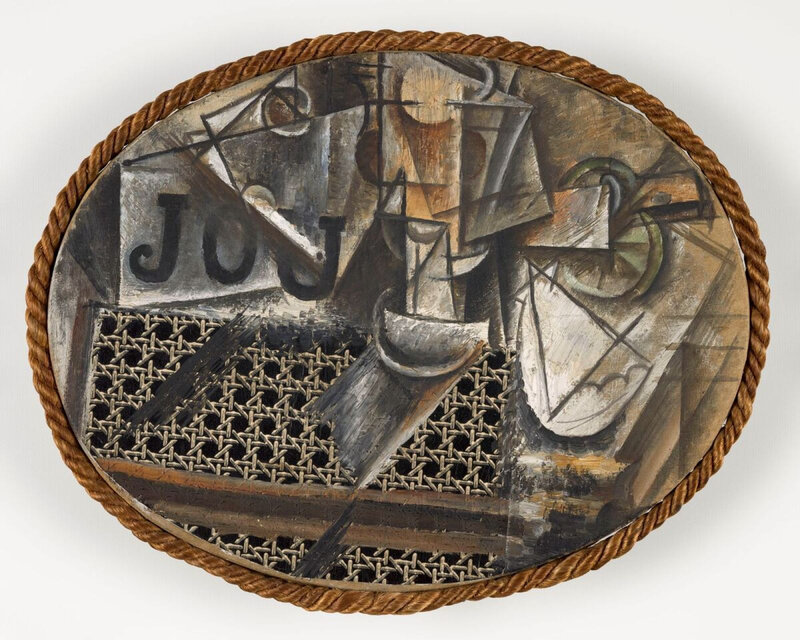
Pablo Picasso, Nature morte à la chaise cannée,printemps 1912, Paris, huile et toile cirée sur toile encadrée de corde,29 x 37 cm, Musée national Picasso-Paris,© RMN-Grand Palais (Musée national Picasso-Paris) / Mathieu Rabeau, service presse / musée Fabre © Succession Picasso, 2018

Pablo Picasso, Portrait de Marie-Thérèse, 6 janvier 1937. © Succession Picasso, 2018

Pablo Picasso, Femme assise aux bras croisés, 1937, huile sur toile, 81 x 60 cm, Musée national Picasso-Paris, dation Pablo Picasso, 1979, inv. MP162, Photo © RMN-Grand Palais (Musée national Picasso-Paris) / Mathieu Rabeau, service presse / musée Fabre © Succession Picasso 2018.
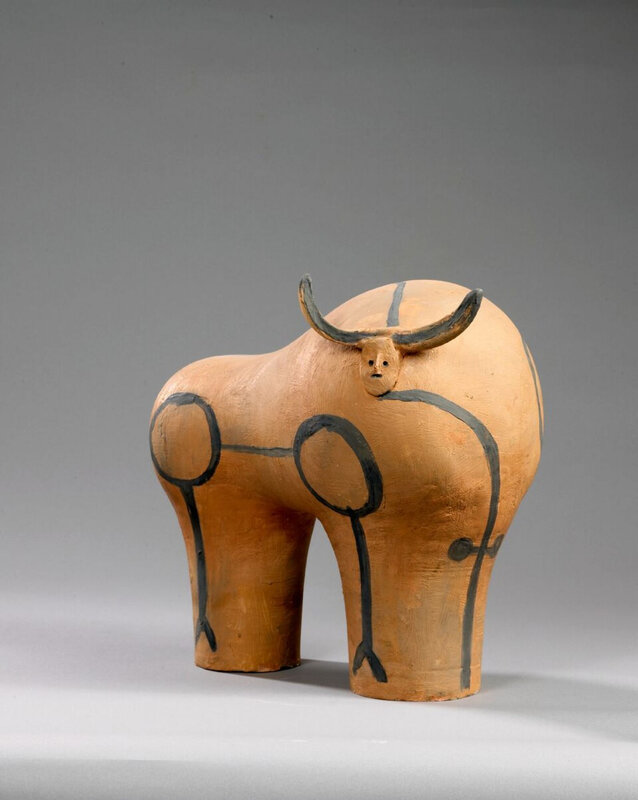
Pablo Picasso, Taureau debout, 1947-1948, terre de faïence blanche, décor rapporté et peint aux engobes et aux oxydes, 37 x 40 x 30 cm, Antibes, musée Picasso,© ImageArt, photo Claude Germain,service presse /musée Fabre © Succession Picasso, 2018

Pablo Picasso, Trois Figures sous un arbre, hiver 1907-1908. © Succession Picasso, 2018
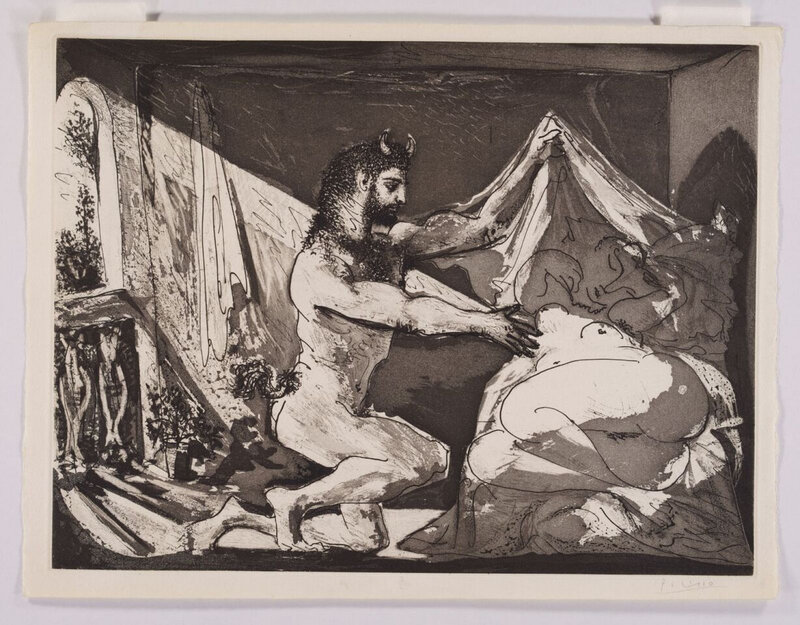
Pablo Picasso, Faune dévoilant une dormeuse (Jupiter et Antiope, d'après Rembrandt), 12 juin 1936. © Succession Picasso, 2018.
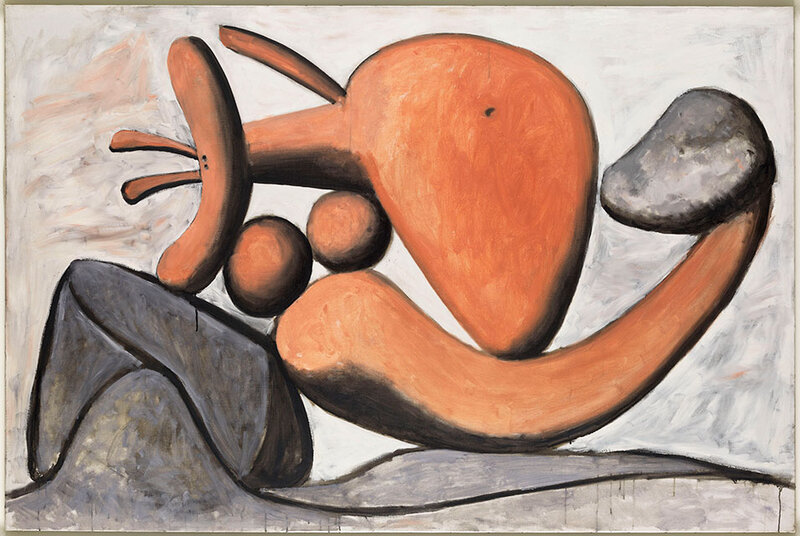
Pablo Picasso, Woman Throwing a Stone , 8 March 1931, Paris, oil on canvas, 130.5 x 195.5 cm, Musée National Picasso-Paris, inv. MP133, 1979 acceptance in lieu photo © RMN-Grand Palais (Musée National Picasso-Paris) / Mathieu Rabeau, press office / Musée Fabre © Picasso Estate, 2018

/https%3A%2F%2Fprofilepics.canalblog.com%2Fprofilepics%2F1%2F0%2F100183.jpg)
/https%3A%2F%2Fstorage.canalblog.com%2F03%2F02%2F119589%2F96711876_o.jpg)
/https%3A%2F%2Fstorage.canalblog.com%2F11%2F31%2F119589%2F94773502_o.jpg)
/https%3A%2F%2Fstorage.canalblog.com%2F20%2F83%2F119589%2F94772815_o.jpg)
/https%3A%2F%2Fstorage.canalblog.com%2F26%2F72%2F119589%2F75604929_o.jpg)
/https%3A%2F%2Fstorage.canalblog.com%2F59%2F60%2F119589%2F26458628_o.jpg)


/http%3A%2F%2Fstorage.canalblog.com%2F25%2F77%2F119589%2F129711337_o.jpg)
/http%3A%2F%2Fstorage.canalblog.com%2F60%2F34%2F119589%2F128961949_o.png)
/http%3A%2F%2Fstorage.canalblog.com%2F84%2F21%2F119589%2F128701730_o.jpg)
/http%3A%2F%2Fstorage.canalblog.com%2F96%2F14%2F119589%2F128351398_o.jpg)